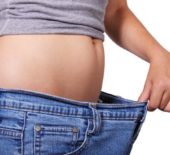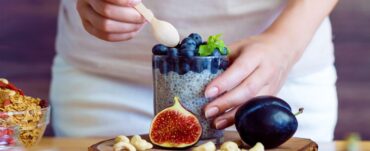If I said think of salty foods you would probably link it to foods which are enjoyed sometimes like hot or packaged chips or pretzels. What you may not realise is there is a lot of processed foods packed with this mineral. What’s the problem with this? High amounts of salt puts the body out of the balance and is linked to high blood pressure, heart disease, stroke, and kidney damage.
So what is the maximum salt you should aim for? About 1 teaspoon = 5mg and is about 2000mg of sodium, not very much at all. If you look at a package, per 100g/ml serving you should aim for less than 120mg but 400mg is still considered good.
When comparing some common foods the amount of sodium varies. Large amounts can be found in:
- soy sauce which has a HUGE amount per tablespoon serve of 1500mg.
- 2 rashers of Primo brand bacon (60g) have 600mg of sodium (no real surprise there).
- Kellogg’s Cornflakes has an astonishing 204mg of sodium in just 1 cup!
The foods ranked as medium amounts of sodium include foods like:
- Sanitarium Weetabix with 2 biscuits (30g) containing 87mg.
- 1 packet of Continental Chicken Noodle Soup made with 250mls of water provides 767mg of sodium.
- 1 tablespoon (20ml) of Masterfoods tomato sauce gives 148mg of sodium.
If you are looking for the lower sodium containing foods here is a quick list:
- 1 cup (250mls) of Farmers Best regular milk
- Uncle Toby’s rolled oats
- Sunblest white bread
- Pureharvest rice cakes
- Mainland Mozzarella cheese
- Baxter’s mango chutney
- Fresh fish or red meat, cooked with no salt
- Homemade chicken stock made with no salt
Ways to reduce the amount of salt is by eating more fruit and vegetables which are not only lower in salt but higher in potassium. Pottassium is a mineral which is the yang to sodium’s ying in the body. Another strategy is by swapping the addition of salt to meals and adding spices, oils and herbs like:
- Rosemary
- Ginger
- Onion
- Pepper
- Sage
- Thyme
- Paprika
- Shallots
- Lemon
- Parsley
- Basil
- Cloves
- Extra virgin olive oil
The bottom line: Knowledge is power! Aim for a balanced diet which is high in fruit and vegetable products and try seasoning using herbs and spices. Include the ‘sometimes foods’ like bacon which are high in sodium only occasionally. Be aware of how much sodium is in the products you like to buy and aim for the best or good amount per 100g.
References:
- Choong SS-Y, Balan SN, Chua L-S, Say Y-H. Preference and intake frequency of high sodium foods and dishes and their correlations with anthropometric measurements among Malaysian subjects. Nutrition Research and Practice. 2012;6(3):238-45.
- Saxelby's C. How to convert sodium to salt (and salt to sodium) Australia: Foodwatch Australia; 2016 [cited 2016 13/09/2016]. Available from: http://foodwatch.com.au/blog/measures-and-conversions/item/how-to-convert-sodium-to-salt-and-salt-to-sodium.html.








